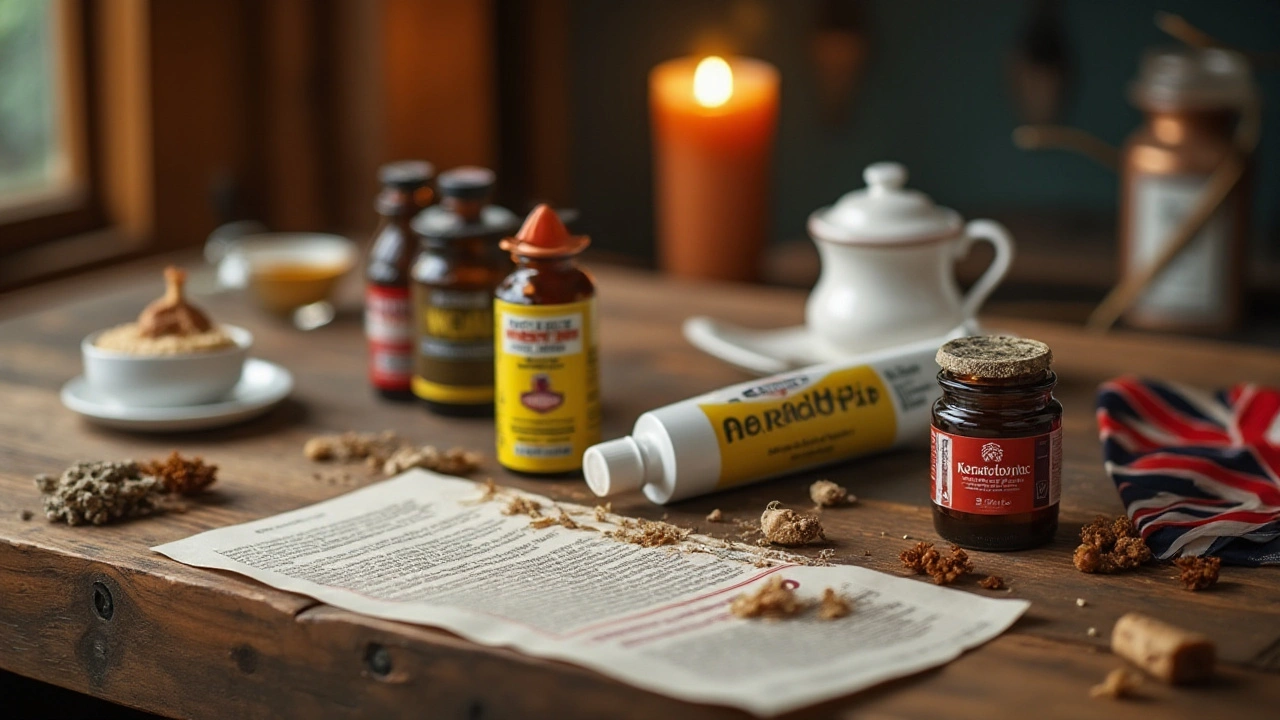Scabies Medication: What Works and How to Use It
If tiny itchy bumps are ruining your day, you’re probably dealing with scabies. The culprit is a mite that burrows under the skin, causing relentless itching. Good news: there are several proven meds that can clear it up fast, and they’re easier to use than many think.
Prescription Creams That Really Kill Mites
The gold standard is permethrin 5% cream. Doctors prescribe it because it wipes out the mites in a single night. Apply a thin layer over your whole body, from neck down, leave it on for eight to fourteen hours (usually overnight), then wash off. Most people feel relief within a few days, but you might need a second treatment after one week if itching persists.
Another prescription option is benzyl benzoate. It works similarly but can sting the skin more. If you have sensitive skin, ask your doctor whether it’s right for you or if a milder alternative would be safer.
Oral and Over‑The‑Counter Choices
Ivermectin tablets are an oral route that many find convenient. A single dose of 200 µg/kg body weight often does the trick, with a repeat dose after one to two weeks. It’s especially useful for crusted scabies or when topical creams can’t reach every spot.
If you prefer something you can buy without a prescription, look for crotamiton cream (10%) or selamectin spray. They’re less potent than permethrin but still effective for mild cases. Follow the package instructions carefully—usually one full‑body application for three consecutive nights.Regardless of which product you choose, cleanliness matters. Wash all clothing, bedding, and towels in hot water (at least 50 °C) and dry them on high heat. Items that can’t be washed should be sealed in a plastic bag for at least a week to starve the mites.
Most scabies meds cause only mild irritation. If you notice severe redness, swelling, or blisters, stop using it and contact your healthcare provider. Pregnant women and young children need special attention; permethrin is generally safe, but oral ivermectin should be avoided unless a doctor says otherwise.
After treatment, itching can linger for up to two weeks even though the mites are dead. This post‑treatment itch is normal—use soothing lotions like calamine or antihistamines if needed, but avoid scratching to prevent secondary infections.
When should you see a doctor? If the rash spreads quickly, if you have fever, or if home treatments don’t improve symptoms after two weeks, get professional advice. Sometimes scabies can be mistaken for eczema or allergic reactions, so a proper diagnosis ensures you’re using the right medication.
Bottom line: effective scabies medication is available both by prescription and over‑the‑counter. Pick the option that fits your situation, follow application directions to the letter, and clean your environment thoroughly. With those steps, the itch will be a thing of the past in no time.





